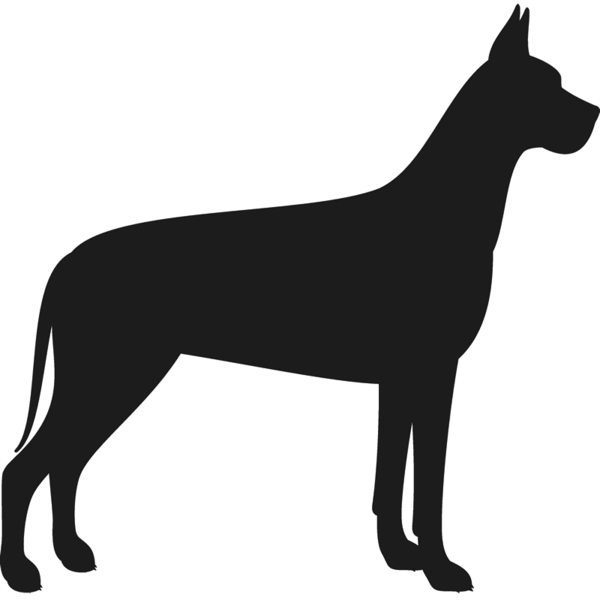
| Size of Dog |
Small 
(<= 20 lbs.) |
Medium 
(21-50 lbs.) |
Large 
(>= 50 lbs.) |
|---|---|---|---|
| Age of Dog | Age in Human Years | ||
| 1 Year | 15 | 15 | 15 |
| 2 | 24 | 24 | 24 |
| 3 | 28 | 28 | 28 |
| 4 | 32 | 32 | 32 |
| 5 | 36 | 36 | 36 |
| 6 | 40 | 42 | 45 |
| 7 | 44 | 47 | 50 |
| 8 | 48 | 51 | 55 |
| 9 | 52 | 56 | 61 |
| 10 | 56 | 60 | 66 |
| 11 | 60 | 65 | 72 |
| 12 | 64 | 69 | 77 |
| 13 | 68 | 74 | 82 |
| 14 | 72 | 78 | 88 |
| 15 | 76 | 83 | 93 |
| 16 | 80 | 87 | 120 |
| Size of Dog |
Small 
(<= 20 lbs.) |
Medium 
(21-50 lbs.) |
Large 
(>= 50 lbs.) |
|---|---|---|---|
| Age of Dog | Age in Human Years | ||
| 1 Year | 15 | 15 | 15 |
| 2 | 24 | 24 | 24 |
| 3 | 28 | 28 | 28 |
| 4 | 32 | 32 | 32 |
| 5 | 36 | 36 | 36 |
| 6 | 40 | 42 | 45 |
| 7 | 44 | 47 | 50 |
| 8 | 48 | 51 | 55 |
| 9 | 52 | 56 | 61 |
| 10 | 56 | 60 | 66 |
| 11 | 60 | 65 | 72 |
| 12 | 64 | 69 | 77 |
| 13 | 68 | 74 | 82 |
| 14 | 72 | 78 | 88 |
| 15 | 76 | 83 | 93 |
| 16 | 80 | 87 | 120 |
As it turns out, modern science has proven the age old rule that stated 1 year for Buck is equivalent to 7 years for you is false. Dogs are destined to mature far more quickly than humans early on their lives. Consequently, the first year of man's best friend is typically set at approximately 15 human years.
The Breed and Size of the dog are also critical determinants. While smaller dogs often live longer than larger ones, they mature far faster in the early years of life. Conversely, a huge pup may age slowly at first then near what is considered middle age in human years at 5. Medium sized dogs fall somewhere in the middle for in both respects.
In the event that a dog or puppy was adopted but the owner is unaware of their history, it may be difficult to determine the dog's age. However, even without knowing the official birth date, it is still possible to guess.
Teeth can in fact provide a rough estimation. The guidelines will differ depending on the breed and the quality of dental care it has received (if any) before receiving them from their original owner.
Similarly, licensed veterinarians can estimate the age of a dog based on physical examinations that focus specifically on their bones, muscles, internal organs, and joints. Several aging signs for older dogs include the following:


Give Us Your Feedback |